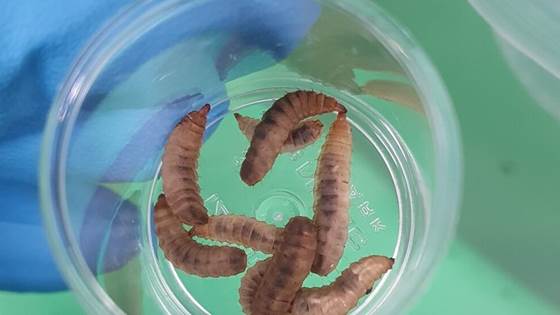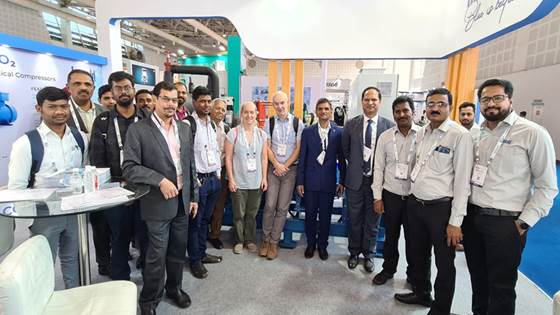According to the UN’s State of Food Security and Nutrition annual report (2023), 9.2 percent (730 million) of the world’s population was hungry in 2022, and about 30 percent of the global population had moderate to low access to food. By 2030, it is estimated that 600 million will be chronically undernourished. This estimate does not consider the impact of the COVID pandemic, the war in Ukraine, and rising energy prices.
A food system includes all activities and outcomes related to the production, processing, distribution, refinement, and consumption of food, including socio-economic and environmental effects.
Significant rise in food demand
Today, our food systems are under increasing pressure due to a significant rise in food demand by 2050.
Therefore, we are facing a number of global challenges where approximately 30 percent of the food produced worldwide is lost or wasted each year. At the same time, it is estimated that over 30 percent of adults globally are overweight. In poorer areas, people spend 50-80 percent of their income on food.
Food systems depend on natural resources, which are extremely vulnerable to rapidly changing climatic conditions. Food production itself has caused extensive changes in ecosystems and is responsible for 70 percent of water withdrawals and a significant driver of deforestation and loss of biodiversity globally.
What about Norway – our responsibility and how can we contribute?
Increased international instability and considerations mean that there should be a focus on increased national food production and thus increased food security where we have access to enough, safe, and nutritious food. Over a long period of time, the import of food and feed raw materials in Norway has increased significantly, and today about 60 percent of all the food we eat is either imported or produced with imported feed raw materials for livestock and aquaculture.
The global and national challenges for future sustainable food systems will require new climate-friendly and more efficient solutions where multidisciplinary expertise such as enabling technologies, new processes, and business models will make a difference.
There is currently a lot of focus on a healthy diet and an increasing demand for sustainability through the use of less energy and resources for production, processing, transport, and retail to the consumer. We must also focus on circularity so that new products are produced from side streams from both the process industry and the food industry to increase food and feed production with less resource consumption.
Industrial symbiosis, where industries in a defined geographical area interact on the use of resources where reuse of energy, water, heat, and biomass is the basis for new products, will be a tool to produce Norwegian food and feed in a much more sustainable way.
In the future, we must expect a significant change when it comes to the types of food we eat, such as lab-grown meat, an increased degree of plant-based food, insects, microalgae, and cultivated marine organisms based on a circular bioeconomy.
SINTEF has a unique opportunity to utilize and transfer knowledge, experience, and expertise from other industries in technology, processes, and business models to contribute to the sustainable food systems of the future, both nationally and globally.







